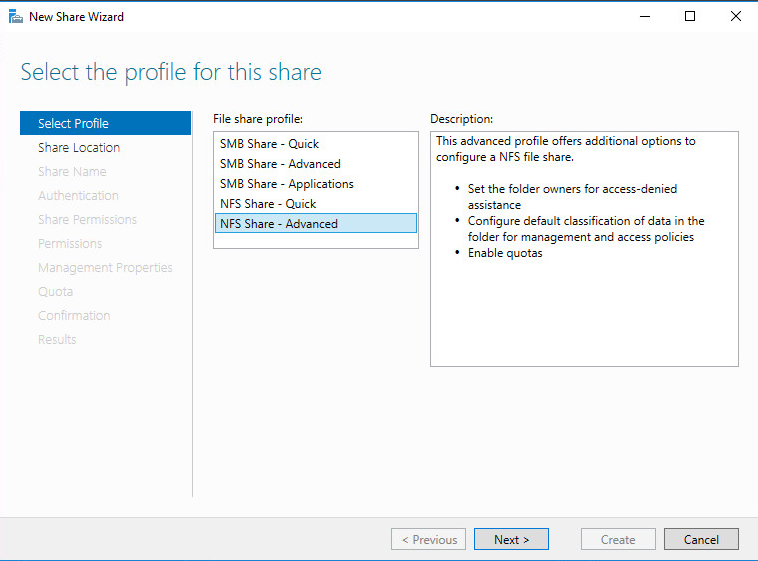
Nfs Server And File Permissions Ntfs
NTFS (New Technology File System) permissions can be applied to files, folders and drives formatted with NTFS file system. NTFS permissions are same since the release of Windows Server 2000. NTFS permissions control the access of files and folders in NTFS formatted partition. NTFS permissions once applied is effective for both network users and local users. In this post, I will explain NTFS file and folder permissions. Two important rules of NTFS permission are: – • By default, the permissions are inherited from parent folder. But if you define the file or folder permission explicitly, the explicit permission takes precedence over those that are inherited from parent folder.
• If the folder have conflicting NTFS permission, deny permission will override conflicting permission. For example, a user is explicitly denied to access a folder called Marketing. The user is also a member of Marketing group and the Marketing group has explicit allow NTFS permission.
In this case, the user will be denied to access the folder because deny permission will override conflicting allow permissions. NTFS permission will apply in the following order if there is conflict: – • Explicit Deny • Explicit Allow • Inherited Deny • Inherited Allow Server 2012 NTFS File and Folder Permissions To configure NTFS permission for folder or file, open the properties of the object. Then select Security tab. Under Group or user names, select or add user or group.
Sep 5, 2018 - Windows Server uses the Server Message Block (SMB) file-sharing. The reason for this guidance lies in how NTFS permissions combine with shared. For instance, you can create Network File System (NFS) shares that are. Carol foster vertigo pdf. NTFS Permissions. NTFS (NT File System) permissions are available to drives formatted with NTFS. The advantage with NTFS permissions is that they affect local users as well as network users and they are based on the permission granted to each individual user at the Windows logon, regardless of where the user is connecting.
Under permissions, allow or deny permissions. There are two types of NTFS permission, standard and advanced. Those permissions displayed under permissions area in Test folder properties is standard NTFS permissions.
Advanced permission is configured by clicking the Advanced button under permissions area. You can add new user or groups to apply NTFS settings. You can select the user or group and click Edit to configure advanced NTFS permission settings. You will see following windows after clicking Edit option by selecting the object.
Configure some advanced NTFS permissions and click OK to apply the permission. Select the auditing tab in advanced NTFS settings window. This option allows you to logs success or failure of folder access by users or groups. Click Add to configure the setting. You will see following screen as shown below after clicking Add button.